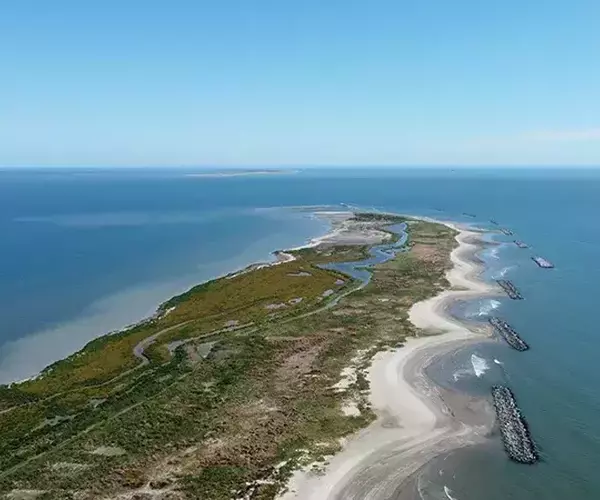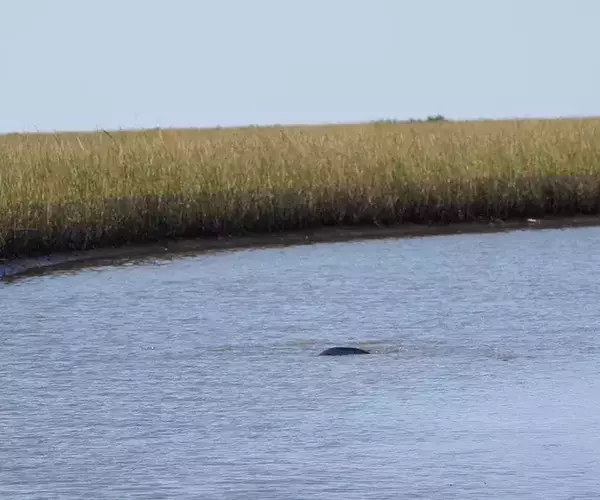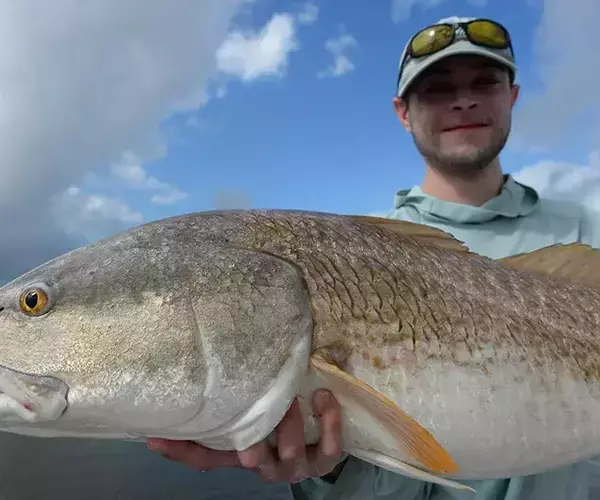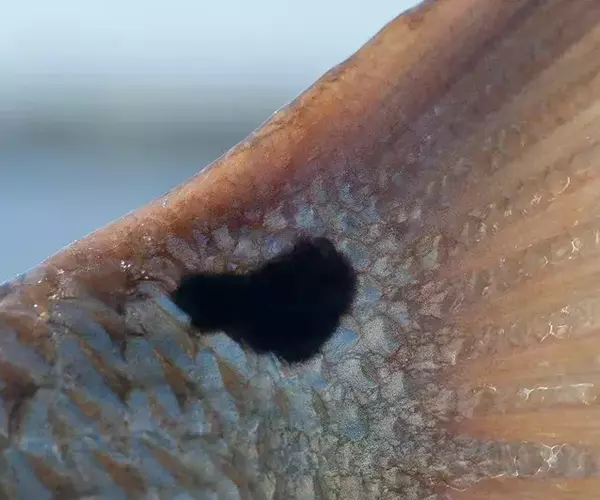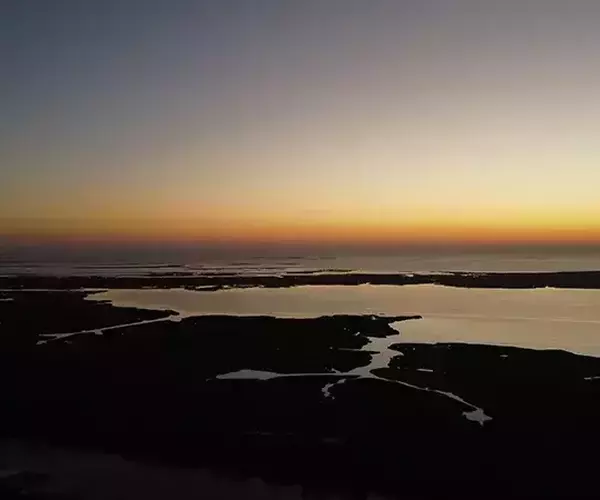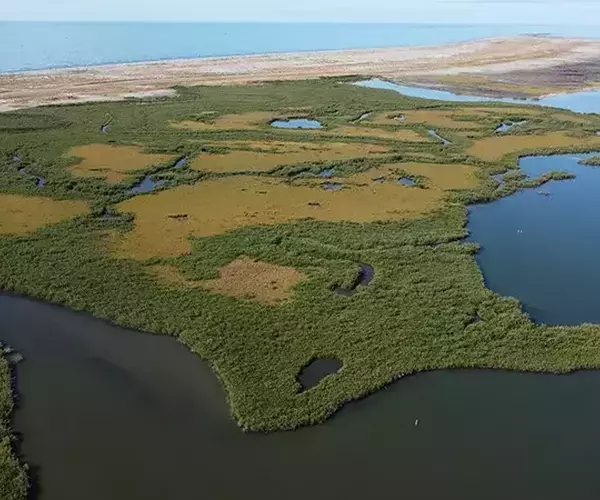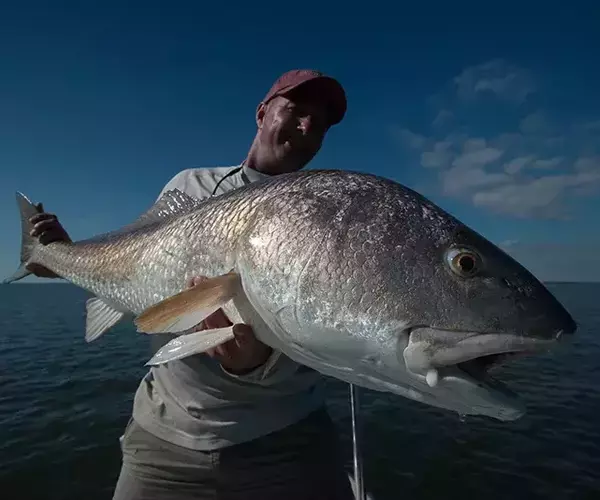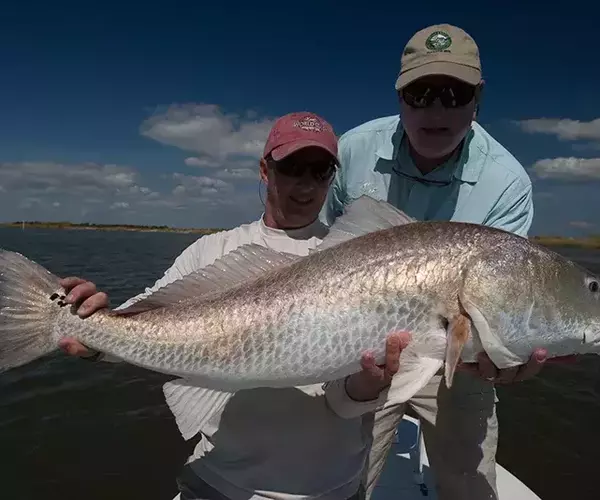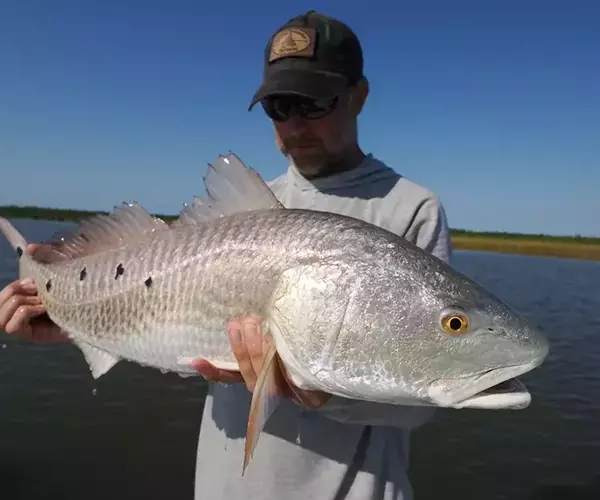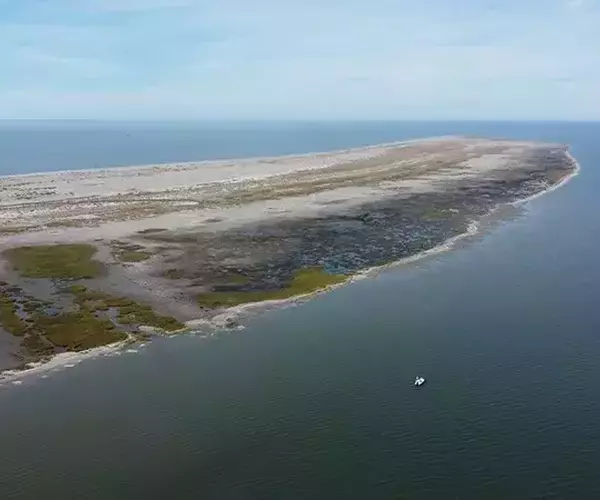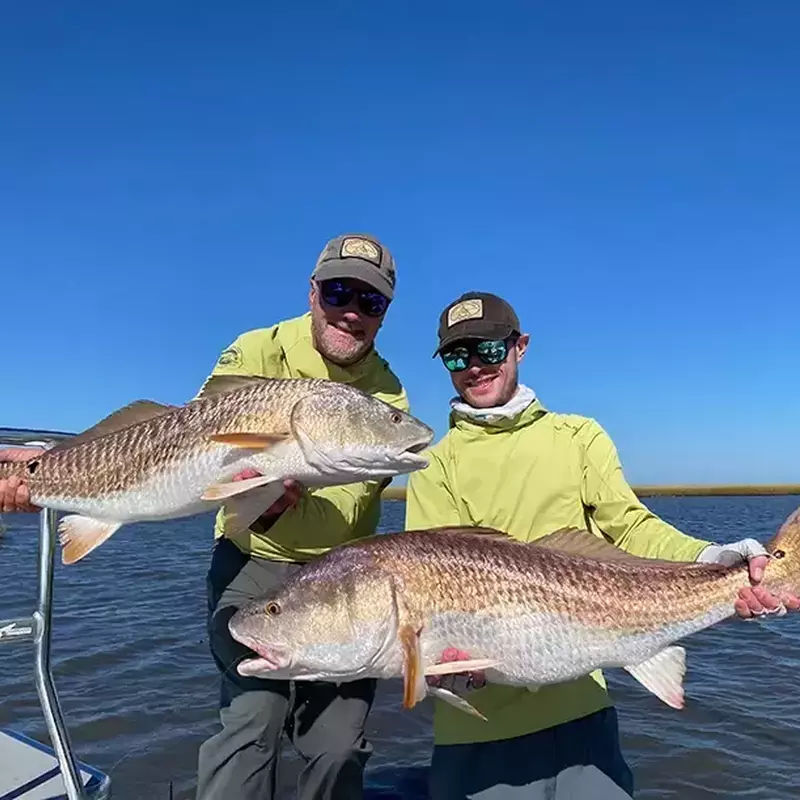Louisiana Fly Fishing for Redfish: Marsh, Tides & Trophy Bulls
Louisiana is the beating heart of America’s redfish country. With a labyrinth of bays, bayous, and marsh ponds connecting more than 7,700 miles of tidal shoreline, the state boasts the best fly fishing for redfish along the Gulf Coast.
Moderate tidal swings keep the flats wet throughout typical tidal cycles; water clarity, wind, and fronts have a greater impact on fish behavior than tides. For fly anglers, that means longer windows of calm, shallow water to pursue shallow water cruising redfish.
Why Louisiana’s Marsh Attracts Redfish to Shallow Water
Louisiana’s barrier islands and marsh edge are constantly shifting. Rapid barrier-island erosion — in some places tens of feet per year—reshapes passes, opens new cuts, and creates miles of fresh edge habitat and ambush flats. That ever-changing edge concentrates bait and gives adult redfish easy routes onto shallow flats to feed, especially in the cooler months when the water clears and redfish hunt the shallow flats.
A Quick Redfish Lifecycle
Red drum (redfish) are estuary-dependent as juveniles, spending their first several years in the coastal marsh. Around ages 3–5, they mature and move to offshore waters, forming the oversized schools many fly anglers dream about. Spawning generally occurs in late summer through fall near inlets and high-salinity passes. In short, small to mid-slot fish haunt interior marshes, and mature redfish cruise edges and passes close to the open ocean.
Seasons: When Louisiana Fly Fishing Peaks
Anglers fly fish for redfish in Louisiana all year, but the prime window is October through early March. Cooler air drops water temperatures, submerged vegetation thins, and the water often clears, creating ideal sight-casting conditions.
November–February is traditionally the “bull red” season across the coast, especially so in Louisiana.
The Mississippi River rises in the springtime, bringing increased sediment loads that spread in a massive plume, reducing visibility until summer stabilizes things.
The flats hold plenty of fish through the summertime—even bull reds—but thicker vegetation and heat raise the difficulty for anglers fishing this time of year.
Four Gateways to World-Class Redfishing
1) Venice
Often called “the end of the world,” Venice is the last road-accessible outpost on the Mississippi River - about 75 miles south of New Orleans. Legendary for its commercial and sport fishing opportunities, it remains one of the Gulf’s best launch points for both redfish and blue-water species. The population is small, and there are very few services available here. Still, the fishing industry has a significant presence and drives the local economy, along with oil and gas services. Dozens of fly fishing guide services operate out of or near Venice because of its proximity to some of the best redfish flats along the coast.
2) Port Sulphur
Roughly 45 miles down LA-23 from New Orleans, Port Sulphur grew around the Freeport Sulphur operations at nearby Grande Ecaille. Today, the broader Plaquemines Parish economy is characterized by a blend of offshore oil & gas, commercial seafood, and citrus agriculture, with shallow-water charter fishing woven throughout.
The Woodland Plantation is the premier Louisiana fishing lodge, located just a few miles north of Port Sulphur. Renowned for their southern hospitality, award-winning culinary choices, and convenient access to the coastal waters on both sides of the Mississippi River.
3) Hopedale
About 40 miles southeast of New Orleans, Hopedale sits on Bayou La Loutre in St. Bernard Parish and has deep roots as a fishing community. It’s ringed by oyster reefs, grass lakes, and bayou drains that fish well on moving water. It’s also close enough to the city for single-day missions when the weather window is short or anglers are mixing fishing with a New Orleans vacation.
4) Cocodrie
A small fishing, shrimping, and crabbing village in Terrebonne Parish, Cocodrie is about 85 miles southwest of New Orleans. From Cocodrie, anglers can run to broad bays, interior ponds, and even barrier-island edges in a single day, giving the angler several options when conditions change.
Fish camps and summer homes line the peninsula with very few commercial services. Coco Marine is a popular launch site with a handful of charter captains and offers lodging with food services.
Putting It All Together for Fly Anglers
When you are redfish fly fishing, think edges: grass lines, pond mouths, current seams, and clean water pushed by a light north breeze after a front.
In fall and winter, bring bigger crab and baitfish patterns and a fast 8–10-weight to turn heavy fish in tight quarters.
In summer, expect more vegetation and hot weather; look for bait on early-morning high tides and cleanest water on leeward edges.
Throughout the year, the combination of microtidal marsh, abundant edge habitat, and ever-shifting cuts means there’s almost always an accessible flat or drain where redfish frequent.
Places We Fly Fish For Redfish in Louisiana
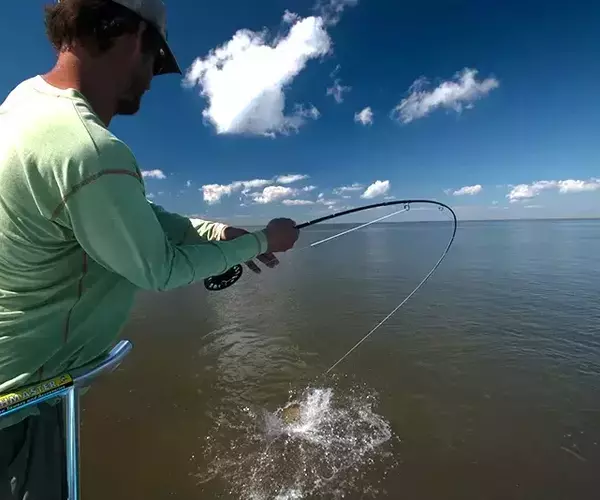
Venice Fly Fishing
Located at the literal "end of the road" Venice is home to some of the best redfish fly fishing in Louisiana.
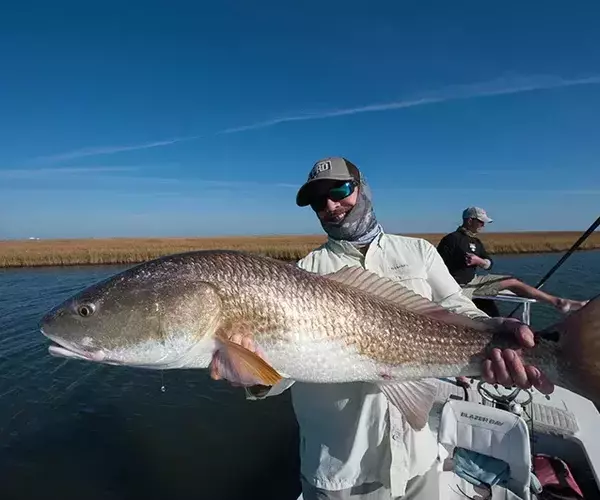
Woodland Plantation
Southern hospitality and world-class fly fishing for redfish await anglers at this historical inn near Port Sulphur, LA
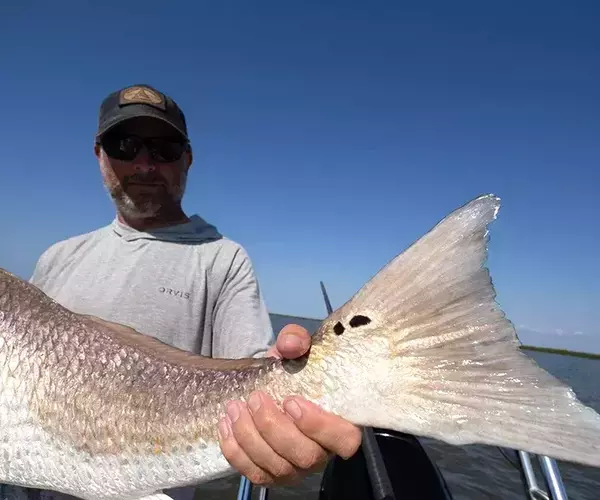
Fly Fishing Cocodrie
Located south of Houma, Cocodrie is a unique Louisiana fly fishing gateway to Gulf Coast bull reds.
